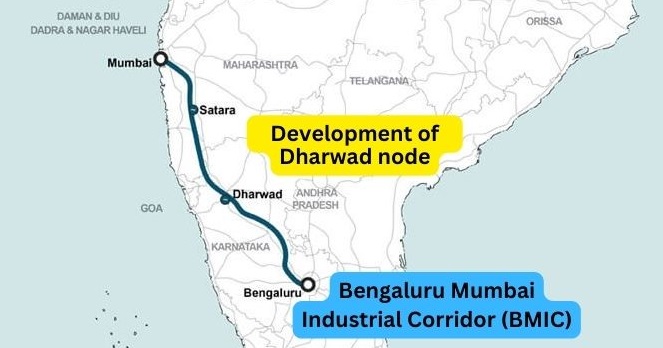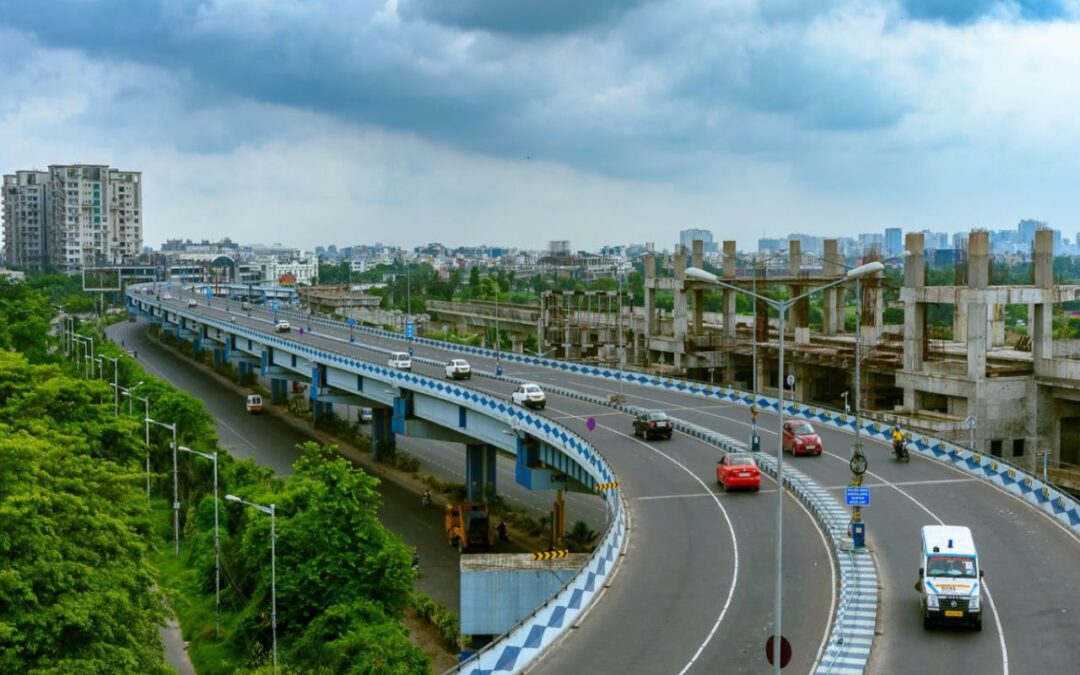Synopsis– Bengaluru’s real estate market is being reshaped with mega projects in the large industrial corridors – CBIC, BMIC and HBIC – these corridors are targeted for connectivity, jobs and industrial investment, primarily through corridors these types of connected mega nodes will create new residential, commercial and industrial markets that will make Bengaluru the focus of urban and economic growth in 2035.
Bengaluru is leading the way to India’s next industrial boom, which is being supported by large industrial corridor projects such as CBIC, BMIC and HBIC. These types of corridors are going to transform the real estate market of the city and will bring new residents, jobs, and the creation of large areas of new residential and commercial, and industrial futures in the next ten years. This article will present an in-depth account of the key corridors that together are shaping the destiny of Bengaluru’s realty market.
Chennai-Bengaluru Industrial Corridor (CBIC)

The CBIC is a project with the sole aim of providing unbroken regional connectivity, in this case, between Chennai and Bengaluru. This infrastructure project involves the improvement of the highways, dedicated freight corridors, and new distribution centers alongside the corridor. Also, it was this project that reduced the travel time between the cities to less than 3 hours through the expressway, therefore this has reduced the logistics costs even more and improved cross-state business.
Impact on Real Estate:
- Overall, large increases in new warehousing, residential, and commercial development are occurring along the corridor, particularly around nodes such as Hoskote and Tumakuru.
- Secondary towns located within the CBIC are also experiencing healthy interest in plotted developments and standards of lower-cost commercial buildings.
- Upgrading to direct road access and being located relatively close to ports such as Krishnapatnam and Ennore regions with less direct access, this is making industries that generate employment more attractive to take advantage of local housing and rental demands.
Bengaluru-Mumbai Industrial Corridor (BMIC)

The BMIC has been envisioned to connect two of India’s major industrial towns and other key nodes across Karnataka and Maharashtra. The main goal of this project is to form high-tech, self-contained nodes that would maximize manufacturing, logistics, and services. The initial stage consisted of large land tracts in Dharwad and Satara that were being prepared for industrial development. This would guarantee high-quality infrastructure, and the efficiency of resources is drawing record amounts of private and public investment to the area.
Impact on Real Estate:
- The corridor’s progress is already causing growth of industrial parks and residential zones along the western axis of Bengaluru.
- Enhanced road and rail connectivity is set to uplift peripheral markets, converting them into promising hotspots for investors over the next decade.
- The BMIC aims to increase the region’s resource security, boost innovation, attract leading firms to expand operations, and promote local demand for quality housing and retail.
Hyderabad Bengaluru Industrial Corridor (HBIC)

The Hyderabad Bengaluru Industrial Corridor (HBIC) will interconnect the two major economic clusters in southern states of the Hyderabad and Bengaluru, through a sequence of interconnected mega nodes which include several industrial mega nodes such as the Orvakal Industrial Area located in Kurnool district. The creation of new railways, expressways, an airport to support the new corridor and significant investment into the corridor will help to create an opportunity of the inter-connected HBIC in re-balance growth northern Bengaluru and external perimeter.
Real Estate Impact:
- The real estate in the HBIC has been re-imagined in places like Kolar, Chikkaballapur and Tumakuru and is experiencing rapid and exponential growth housing, logistics parks and commercial activity space.
- The corridor will generate thousands of employment opportunities and enhance the demand for rental as well as owned housing in future corridor zones.
- Northern and eastern suburbs are now extremely desirable for both end-users and institutional investors in pursuit of long-term capital appreciation.
The Decadal Transformation: 2025–2035
- Economic Growth and Job Creation: All three corridors combined are predicted to bring lakhs of employment, especially in manufacturing, technology, and logistics industries. The new wave of workers will drive down housing demand dramatically, especially across North, East and West Bengaluru, converting preciously defined peripheral areas of Bengaluru into the next new urban areas.
- Urban Infrastructure Upliftments: The corridors will also receive subsets of large infrastructure projects – metro extensions, Peripheral Ring Road (PRR), Satellite Town Ring Road (STRR), suburban rail, which complement the corridors by helping to create well-connected economies that are attractive for business and for inhabitancy. These developments will unlock new micro-markets that were previously viewed as too stretched, or grossly underdeveloped.
- Real Estate Trends and Investment Hotspots: Property values in growth corridors are rising at higher-than-average city average rates, first-time investors are experiencing good appreciation in areas like Devanahalli, Whitefield, Yelahanka, and Hoskote. Office Park, co-working, logistics, and high-end gated community demand are picking up as multinational corporations synchronize expansion plans with corridor developments.
- Sustainability and Smart Growth: There’s been a shift toward green developments, intelligent waste management, recycling water, and integrated green belts are now commonplace in many new projects because of regulation, but also purchase requirements.
Conclusion
Bengaluru’s industrial corridors – CBIC, BMIC, and HBIC are bringing forth the next main wave of real estate development in the city. Their impact leads to rising prices, increased supply of housing, and creates a future destination city and residential area, while by 2035 Bengaluru is expected to become both an industrial and residential hub of India. For investors, builders, and buyers, these corridors are going to be a lucrative opportunity.
Written by Adithya Menon






